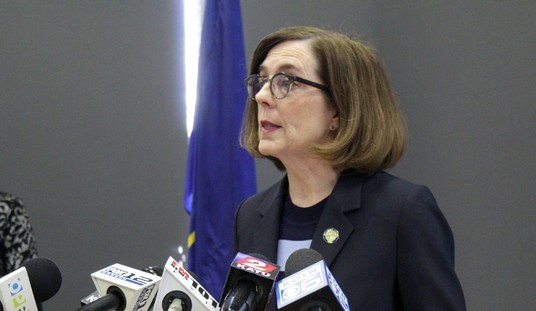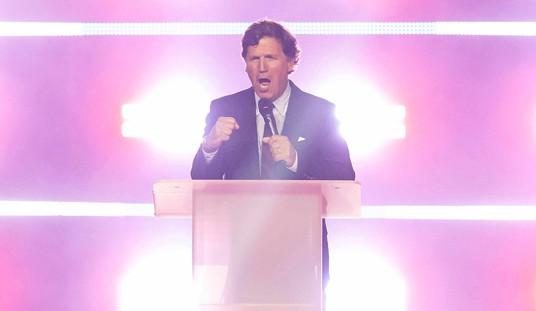Erick Erickson makes a point worth amplifying.
https://twitter.com/EWErickson/status/613344343076663296
Watch the first clip below to see what he means. Twitter ripped Lemon apart for this last night, partly because it’s a transparent stunt and partly because he’s the awkward kid in our national media high school whom everyone already likes to goof on, but Erik Wemple’s right that this was meant to serve a serious argument. It’s a comment on Obama dropping the N-bomb in his interview yesterday with Marc Maron and the silly hand-wringing that ensued. If the word “nigger” is germane to a news story, wonders Lemon in the second clip below, why can’t reporters relay its usage without censoring it? A reasonably functional adult should be able to distinguish between the word being used as a slur, to insult, and a news anchor using it to inform the viewer of what someone else said. You can say that the stunt with the poster was a stupid way to convey that — if you want the N-word to be safe for non-provocative contexts, maybe don’t start off with a gimmick that’s obviously designed to provoke — but the underlying point is fair. If news bureaus should censor slurs even when the president uses them to make a point, what else should they censor? If the Confederate flag is necessarily a symbol of racism, shouldn’t that be censored too?
Which brings us to Erickson: Lemon’s point applies just as well to the Charlie Hebdo cartoons, which were at the heart of a much more significant news story than Obama borrowing racist language to make a point about racism. The argument works better for images than for words, in fact. You could accurately communicate what Obama said by substituting “[the N-word]” for “nigger” in his quote; it’s still censorship, but everyone watching will know how to fill in the blank. You can’t do that with an image. When you decide to suppress a cartoon that’s supposedly offensive enough to have inspired someone to kill, the only way the viewer can judge whether it’s offensive is by showing it to him. (I once attended a panel discussion at NYU on free speech after the uproar over the Danish Mohammed cartoons in 2005. The school was worried about security, so at the last minute it decided that the cartoons couldn’t be displayed. The two-hour discussion proceeded with four empty easels onstage to mark the fact that the audience wasn’t allowed to see what the panelists were talking about. It was absurd, deliberately and effectively.) Yet CNN resists. Why the double standard in letting Lemon display the N-bomb while suppressing the much newsier Mohammed cartoons?
We know the real answer — no one’s going to shoot up the CNN newsroom over what Lemon did — but what’s the pretend distinction that CNN will be forced to make? Probably something like this: The Charlie Hebdo cartoons were more deliberately provocative than Obama’s use of the N-word was, as they were designed to defy the Islamic taboo against images of their prophet. If you show the cartoons, you’re “rewarding” provocation, and rewarding provocation creates an incentive for more of it. But of course the media rewards provocation all the time when it agrees that the target needs provoking (expect coverage this weekend of “national ‘burn the Confederate flag’ day”). And viewing the Charlie Hebdo matter purely in terms of “provocation” misses the forest for the trees. The reason the cartoons are “provocative” is because murder is being used to enforce the taboo. That’s … sort of provocative too, yet it’s the cartoonist’s provocation that seems to trouble CNN most. How come?








Join the conversation as a VIP Member